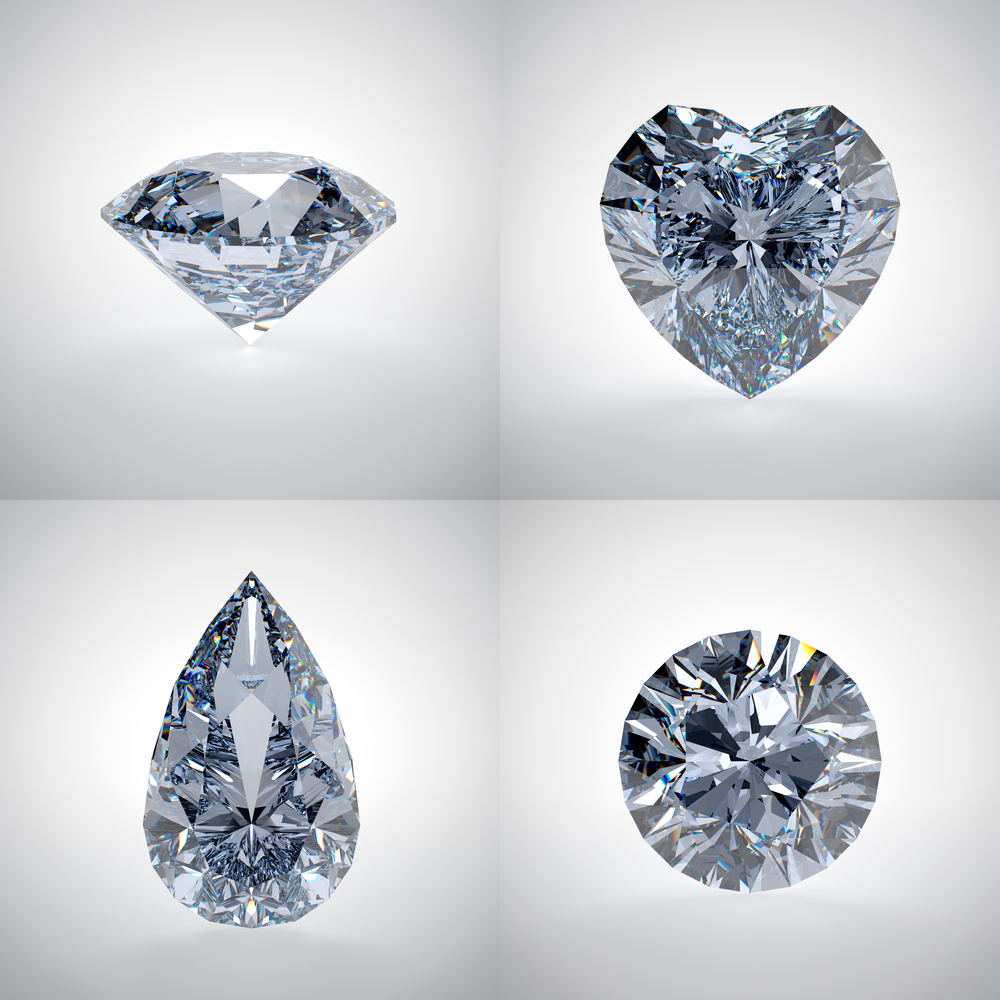Diamonds have always been celebrated for their exceptional hardness. With a Mohs scale rating of 10, they are the hardest naturally occurring substance on Earth. Their remarkable hardness makes them invaluable in various industries, from cutting and drilling to jewelry. However, recent advancements in artificial diamonds have sparked curiosity about the potential to enhance the hardness of diamonds even further.
Artificial Diamonds: A Technological Marvel
Artificial diamonds, also known as synthetic or lab-grown diamonds, are created in controlled laboratory environments. These diamonds are produced using advanced technological processes that mimic the natural conditions required for diamond formation. By subjecting carbon sources to high pressure and temperature, scientists can grow diamonds that are chemically identical to natural ones.
Enhancing Hardness Through Technology
Technological advancements in the creation of artificial diamonds have opened up exciting possibilities for enhancing their hardness.
- Precision Control: Technology allows scientists to precisely control the growth conditions of artificial diamonds. By fine-tuning the parameters such as pressure, temperature, and growth rate, it is possible to create diamonds with optimized crystal structures, potentially increasing their hardness.
- Doping and Alloying: Researchers are exploring the use of various elements and compounds, known as dopants and alloys, to modify the properties of artificial diamonds. These additives can alter the diamond’s hardness and other characteristics, opening up opportunities to create super-hard diamonds.
- Nano structuring: Nanotechnology has enabled the creation of nanocrystalline diamonds, which consist of tiny diamond grains at the nanoscale. These materials exhibit enhanced hardness compared to conventional diamonds, thanks to their unique structure.
Practical Applications
The quest to enhance the hardness of diamonds through technological advancements has significant implications for various industries:
- Cutting and Drilling: Harder diamonds can revolutionize cutting and drilling applications, allowing for more efficient and precise operations in fields such as construction and mining.
- Industrial Tools: Enhanced hardness can extend the lifespan of diamond-tipped tools used in manufacturing and machining processes, reducing the need for frequent replacements.
- High-Pressure Environments: Super-hard diamonds could find applications in high-pressure environments, including scientific research and the exploration of deep-sea or extraterrestrial locations.
- Wear-Resistant Jewelry: Harder diamonds could be used in jewelry, making them even more resistant to scratches and wear, ensuring long-lasting beauty.
Challenges And Considerations
While technological advancements hold promise for enhancing the hardness of diamonds, there are challenges and considerations to keep in mind:
- Cost: The process of creating super-hard diamonds can be expensive, limiting their widespread adoption.
- Scalability: Scaling up the production of super-hard diamonds to meet industrial demands remains a technical challenge.
- Ethical and Environmental Concerns: The production of artificial diamonds may raise ethical and environmental concerns related to resource usage and energy consumption.
In conclusion, the hardness of diamonds, both natural and artificial, is a subject of ongoing exploration and technological innovation. While natural diamonds already exhibit exceptional hardness, technological advancements in artificial diamond production offer the potential to further enhance their hardness through precision control, doping, alloying, and nanostructuring. These advancements have practical applications across various industries, from cutting and drilling to jewelry and high-pressure environments. However, challenges related to cost, scalability, and ethical considerations must be addressed as we continue to push the boundaries of diamond hardness through technology. The quest for even harder diamonds continues to be a fascinating journey at the intersection of science and industry.
